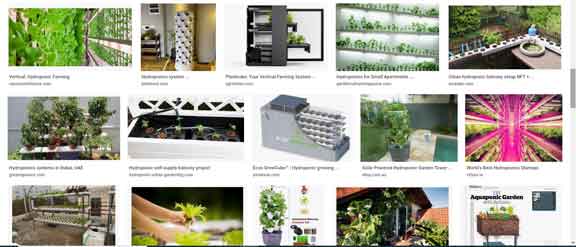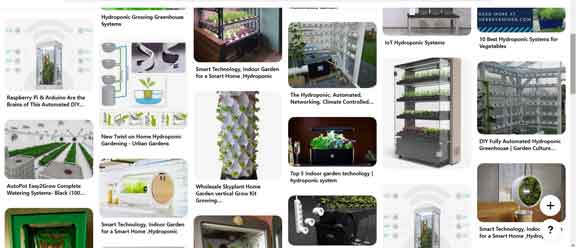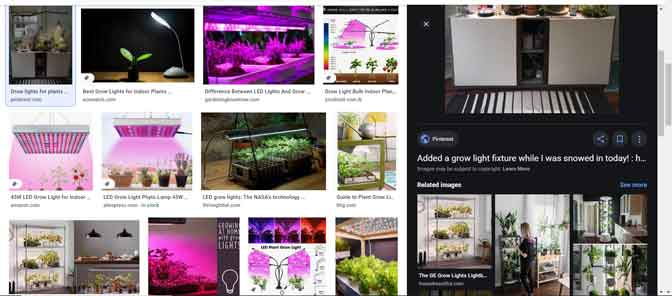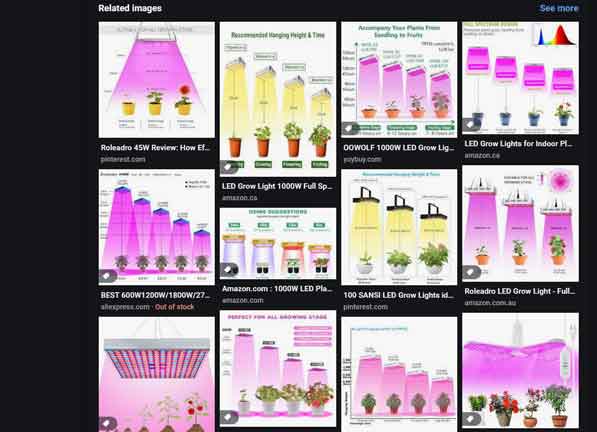Individual Assignment
Propose a final project masterpiece that integrates the range of units covered:
The project should answer the below questions:
What will it do?
Who's done what beforehand?
What will you design?
What materials and components will be used?
Where will come from?
How much will they cost?
What parts and systems will be made?
What processes will be used?
What questions need to be answered?
How will it be evaluated?
Individual Assignment
What will it do?
In the first week I proposed a project and named it Tower Garden Kit. It will be an indoor garden installed on balconies having the intention of REUSING the water from air conditioners coming out when condensation is happening.
My idea came out when I saw that most of the balconies in the appartements especially in cities lack greenery and look like dead areas.
My project is a kit in which it can be easily assembled and designed in a simple way to fit the small balconies and it has an automated system that will do all the necessary watering and lighting for the plants. The water will come from AC into a tank that will contain nutrients then the mixed water will go into a tank with a pump to push them into the pots.
Who's done what beforehand?
Many ideas came out lately aiming to have green areas in indoor spaces especially appartements. As we all know that most of the people like to have colorful plants and organic vegetables in their spaces but does not have time to take care of it. So this garden kit system will include all the automation needed for the plants to grow.


Watering System
As I mentioned previously a lot of ideas came out for indoor gardening. So I decided to have a semi-indoor garden that will be placed on balcones.
The irrigation sytem will be drip irrigation not recirculating. In which the water will come from the AC into the nutrients tank then pushed into the plants. All the tubing system will be from inside the structure nothing will be visible in order not to take a lot of space.
I chose this irrigation system after doing some research I found that it is recommended for several reasons like:
- It has low maintenance especially the nutrients system because the nutrients are not being recycled back into the reservoir. This will help the plants to keep having a balanced pH level of nutrient solution without being monitored all the time.
- Plants receive fresh nutrient at each feed.
- Lower probability of clogged emitters.
Sometimes this system is also called drain-to-waste sytem.

Lighting System
Even if this planting kit will be installed on balconies and will have natural lighting sometimes during winter seasons or also sometimes we have balconies that does not get enough daylight we will need support from grow lights.
In this project they will be installed and connected to an LDR sensor to turn on when needed only.


Examples:
CYEVA Indoor Self Watering System
Home DIY Gravity Drip Irrigation for Herbs and Plants
Micro Automatic Drip Irrigation Kit
What will you design?
In my project I will design the below elements and join them together:
- The main structure of the project.
- The plant pots, water tank and nutrients tank.
- The watering system that will include the nutrients tank and the watering tank with the pump and the necessary piping system.
- The automation system that will include the sensors and the electronics with board design.
- The grow lighting system.
What materials and components will be used?
To complete this project I will need:
- One wood board
- PLA plastic rolls different colors
- LED lights
- Submersible Mini Water Pump
- Trasparent water pipes diameter 8 mm
- Electrnic Components that will include: LCD I2C display screen, sensors: DHT22, soil moisture sensor and LDR sensor with the 12V power supply.
Where will come from?
All the material and components are found in the local market.
How much will they cost?
Wood Board: 20$
LED lights: 10$
Pipes: 10$
Electronics: 20$
PLA based on the consumption: 50$
What parts and systems will be made?
Most of the project will be fabricated in the lab. I used for the main structure the CNC machine, 3D printers for the pots, tanks and some other elements. For the PCB board I used the Modela MDX-40 machine. The pipes and electronics will be bought from local shops since they are standard items LCD, valve, sensors...
What processes will be used?
For the main structure: Computer Controlled Machining
.For the pots: Scanning and Printing
.For the PCB: Electronics Production for the steps of producing a PCB
.For the Input Devices: Input Devices to check the sensors that will be included in the project
.For the Output Devices: Output Devices to check the devices that will be included in the project
.For Programming: Embedded Programming for programming the PCB.
What questions need to be answered?
The humidity level at which the soil need to be watered.
The water level at which we need to fill the tank and the amount of nutrients needed.
The light intensity and how to calibrate it with the natural light.
To have a successful project I did a lot of research to answer these questions.
How will it be evaluated?
In order for this project to be successful it should meet some main requirments and the objectives behind it.
- The main idea behind this project. Is it going to be easily accepted in the market. Are people willing to have this kit on their balconies?
- This kit does not require a lot of space and can be easily used with low maintanence to have green plants and fresh vegetables.
- The automation system will take care of everything related to the plants.
- The project is designed in a simple way with different colors and recyclable environmental friendly material to have a colorful cheerful spaces.
The Schedule
To finish on time and present this project I will follow the below project:
Phase One:
In this phase I will finalize all the entities that need to be designed from my side.
Once the parts are designed I can start 3D printing and millling them.
Then after deciding on all the electronic components I can finish the PCB design.
Phase II:
In this phase I will produce the project using the 3D printers for the pots, tanks and other parts and CNC routers for the wood and PCB board.
Phase III:
In this phase I will start connecting the pipes and assembeling the pots with all the input and output devices.
Finally I will program it and test the project functionality.


This work is licensed under a Creative Commons Attribution-NonCommercial-ShareAlike 4.0 International License